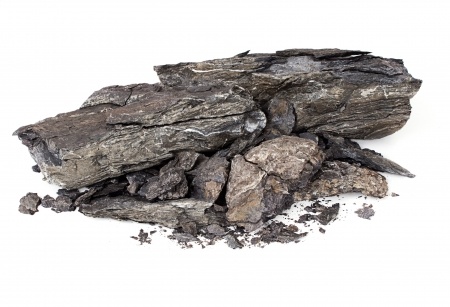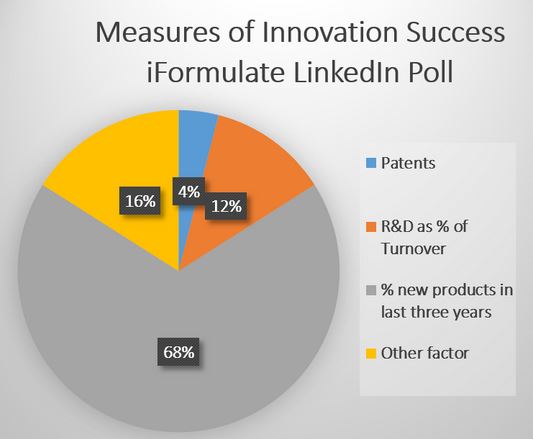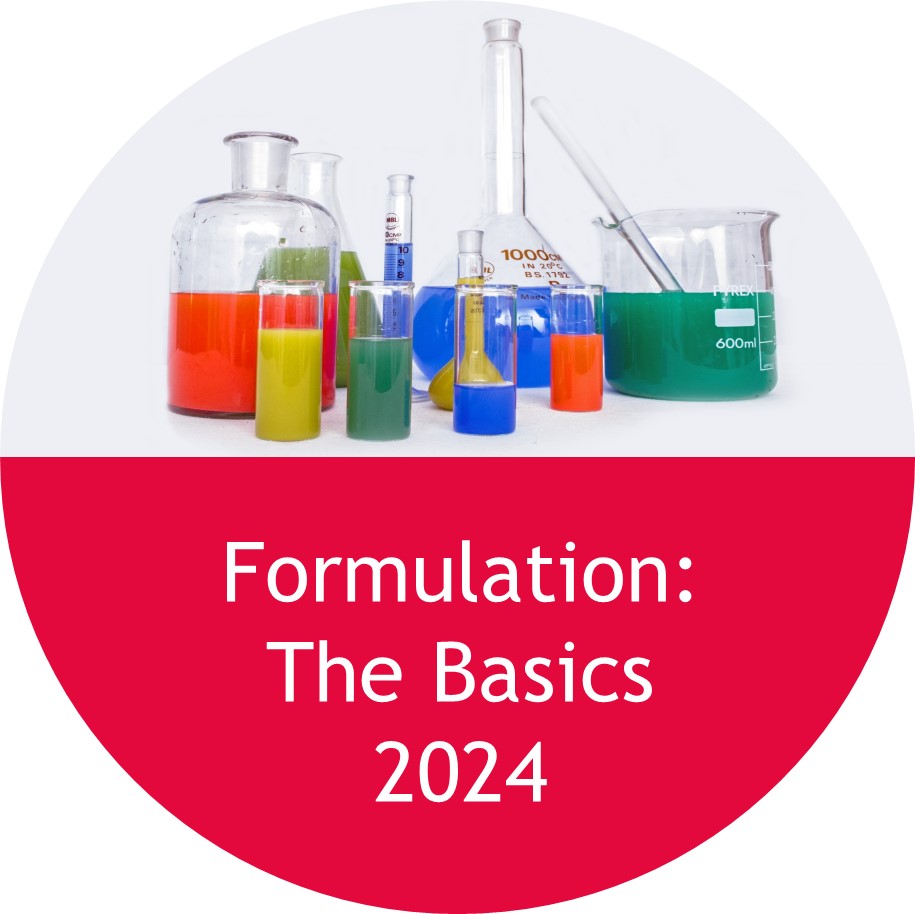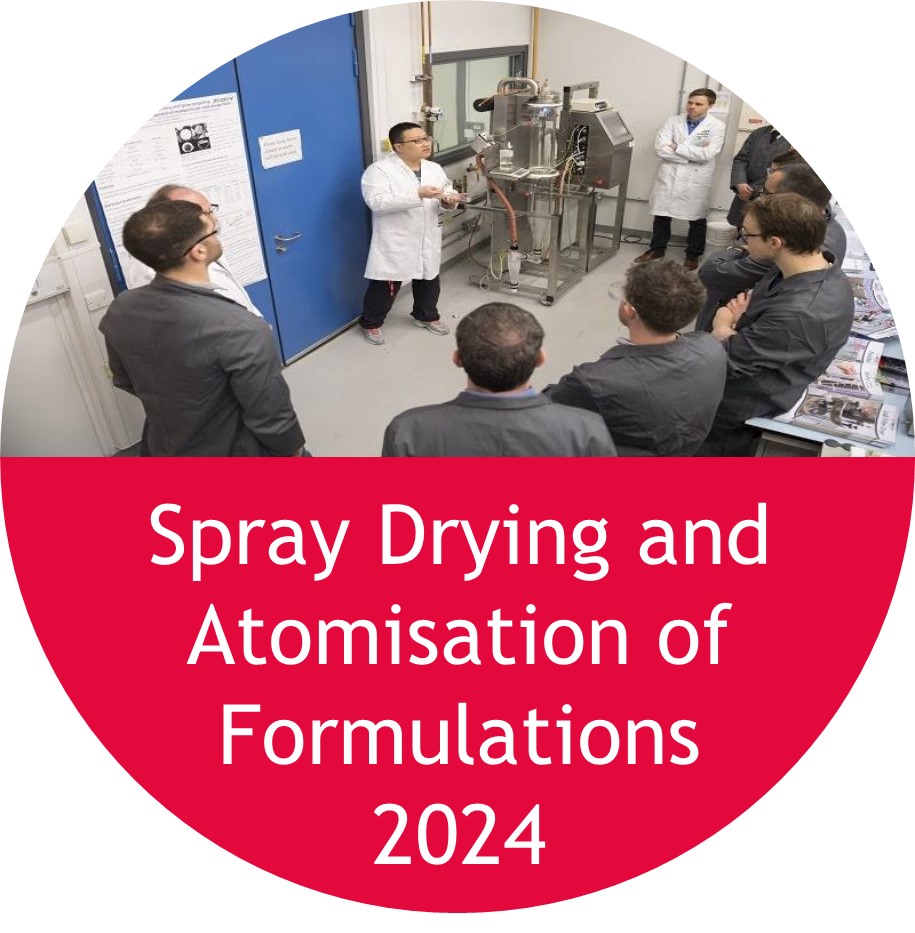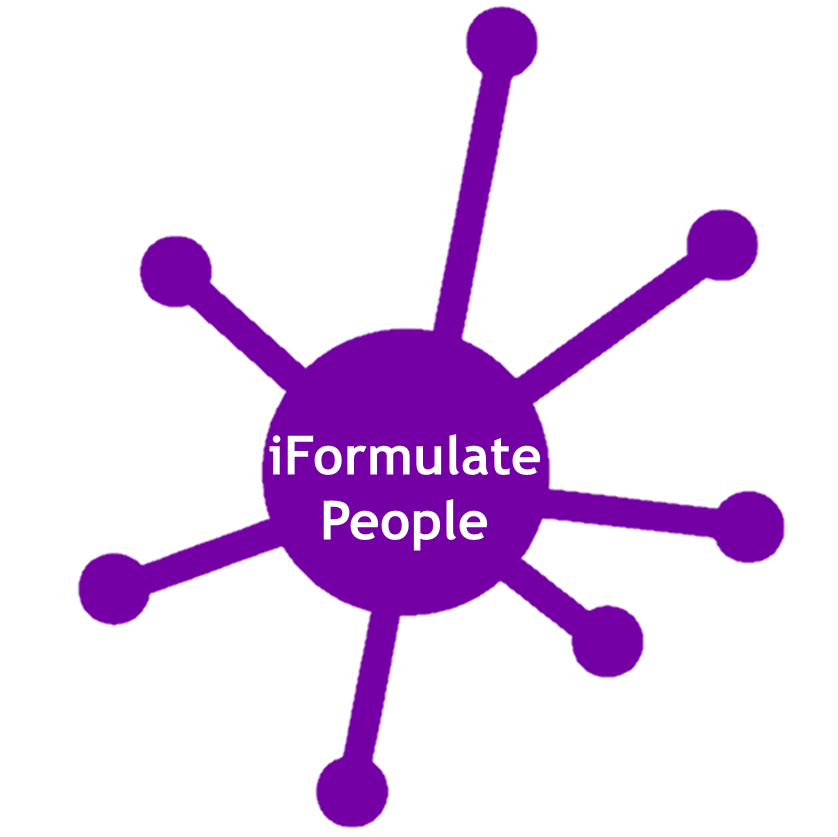The printed image has been a principal source of information, education and entertainment for the human mind probably since Gutenberg invented the printing press in 1450. We may never really consider it, but what is the principal conduit for transferring this information from the printed page to our brain? It is of course our eyes.
Thanks to increased computing power and technology improvements digital printing has made great leaps forward over recent years in terms of displacing traditional printing methods such as offset lithography and flexography. In fact ink jet is now the leading digital printing technology and thanks to these continuing improvements is expanding rapidly into new markets and applications, to the extent that it is hard to say exactly what share of the printing market is currently held by ink jet, but it is very significant.
In traditional graphics printing ink jet shows a particular advantage in short run variable printing where the cost per page is much lower for digital printing. However I think it is still true to say that for long run printing the traditional technologies, particularly offset lithography, remain dominant.
However amazing new research has recently been published by a group of researchers in Cambridge where ink jet technology could be utterly dominant. Traditional technology and even other digital processes like electrophotography would be completely useless.
What is this printing application? To my mind it is beautifully ironic given the tools we have been using for centuries to read printed output. It is the ink jet printing of eye cells. This work, if successful, could lead to the production of artificial tissue grafts made from the variety of cells found in the human retina, and may well be a valuable aid in the search to cure blindness.
What a marvellous ground breaking development in the history of inkjet technology. It makes its original uses to print sell-by dates on packaging and eggs, or to print documents and photos in our home, seem so very mundane. More information on this work, and a link to the full article in the journal Biofabrication, can be found at http://www.forbes.com/sites/bridaineparnell/2013/12/18/scientists-make-more-eye-cells-with-an-inkjet-printer.
I have spent many years in my career formulating ink jet inks for a variety of printing applications. Two of the key properties that need to be carefully controlled for a fluid to print well from an inkjet print head are viscosity and surface tension. Although this research shows that the applications have moved on to a whole new level compared to the dyes and pigments of my experience, I felt a certain satisfaction on reading that the age old issues of viscosity and surface tension remain, and in fact are greatly exacerbated by the introduction of living cells into the “inks”. So there is still some role for the formulators in this fast moving technology area.
Finally, I am looking forward to helping deliver the iFormulate Ink-Jet Formulation Workshops in June and September. If you have any questions on the content of those workshops, please contact me on mark@iformulate.biz or via info@iformulate.biz.
Mark Holbrook, February 2014
Photo Credit: Desirae via Flickr



